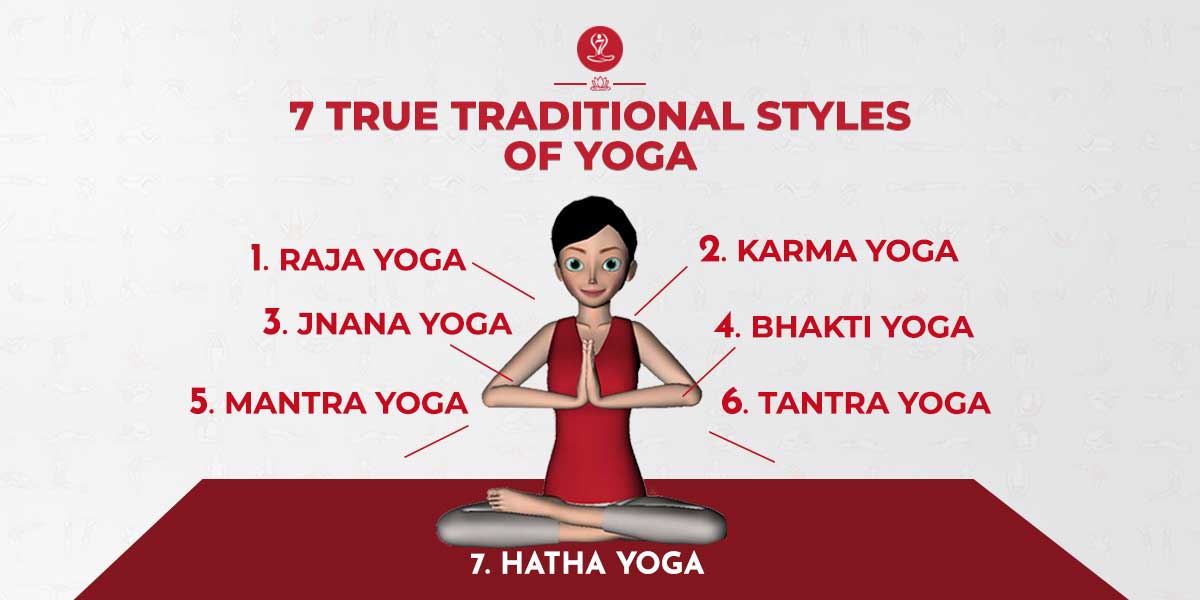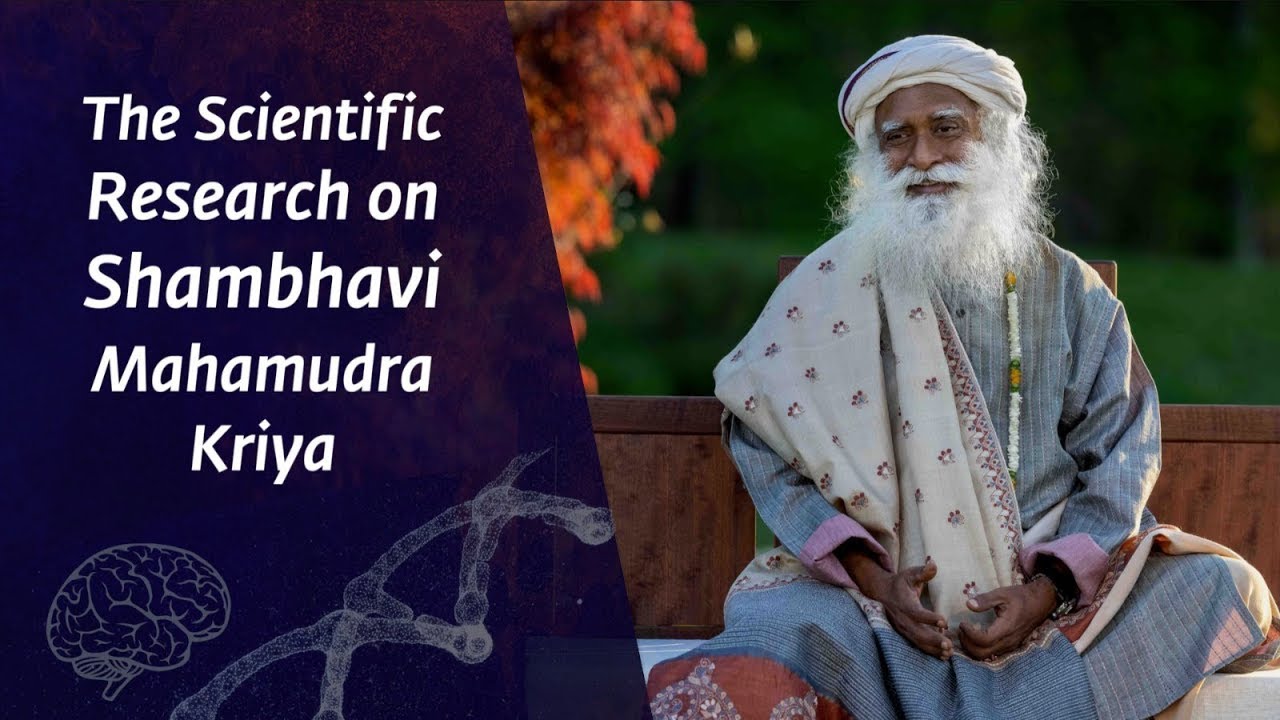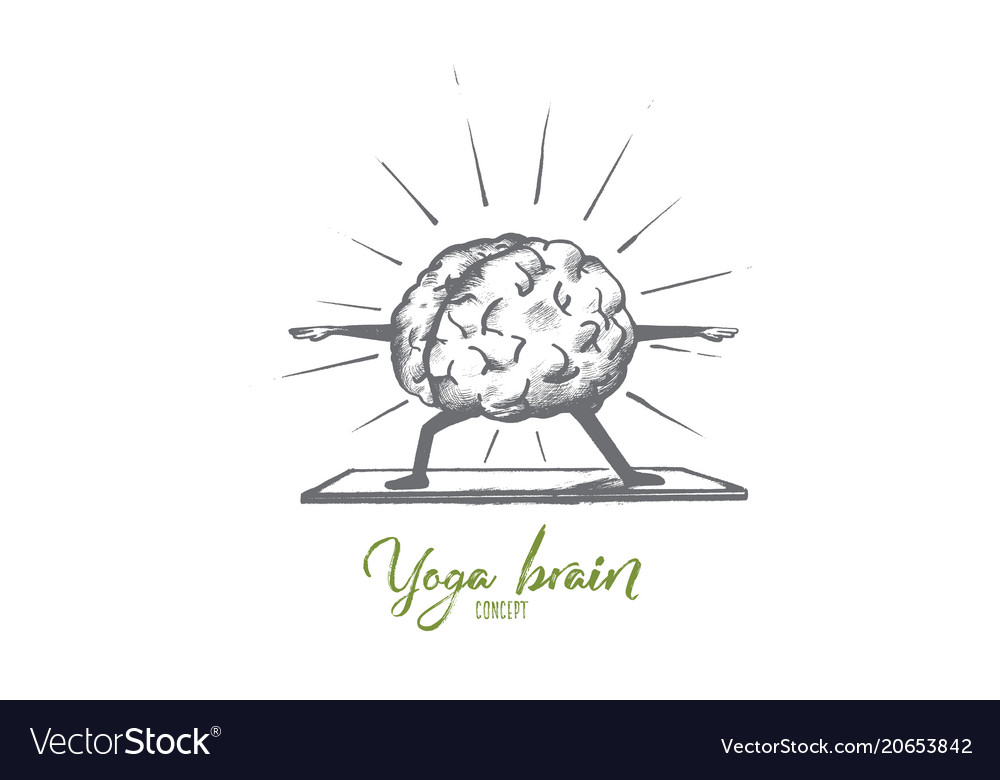
Face yoga is an exercise that uses facial movements and massages to improve your overall health. It is similar in concept to yoga. This can improve mental health and decrease the signs of aging. Sikorski recommends you take fifteen to twenty minutes sessions every day for a six to ten week regimen. These are just a few reasons why you should give it a try.
Face yoga combines facial movements with massage techniques.
Face yoga is a combination of movements and massage techniques that works the facial muscles, skin and lymphatic system. You can reduce stress and headaches as well as improve your appearance. It can also help improve your mind's health. It has been proven that daily face yoga practice can increase your mental health.
Face yoga is a natural skincare ritual that contributes to firm, smooth, and glowing skin. The techniques are rooted in ancient yogic wisdom and can improve the physical and mental health of an individual. It also strengthens the connections between a person, their environment, and others.
It is similar to yoga
Face yoga is a form acupressure that targets various facial muscles. Fumiko Takatsu was the one to create it. She discovered the benefits of face-yoga after having plastic surgery. Takatsu was unhappy with the results of her implant surgery so she sought natural ways to fix them.

While there are no universal methods for face yoga practice, some people find benefits from just one session. Most people will see the benefits after two weeks. It also helps to drink plenty of water and get plenty of sleep. Face yoga practitioners can also use guashi stones, an ancient Chinese beauty tool, in addition to their daily practice. These stones were originally created to treat heatstroke. Practitioners could use any tool available to complete the exercise.
It can improve your mental health
Face yoga, a type of yoga that relies on pressure points to relax the face and improve mental health, is a form. It can reduce headaches and improve sleep quality. It can also improve the glow of your skin, which can improve confidence. It is best to get a trained instructor to teach you face yoga.
Face yoga can be used to address specific facial concerns such as wrinkles and crow's feet. It can also help reduce facial puffiness and fine lines. The techniques can also increase facial circulation and decrease the appearance of acne scarring. Additionally, many people who practice face yoga also find it beneficial for reducing stress and anxiety.
It can reduce signs of aging
Face yoga is an exercise that targets the muscles surrounding the eyes. It also improves circulation, reduces wrinkles, and strengthens the muscles. This exercise is great for brightening the skin and decreasing under-eye puffiness. Face yoga participants must squint between their lower eyelids and their index fingers to perform the exercise. For the best results, you should do these exercises daily for 6-10 weeks.
Face yoga is a fairly new exercise that targets facial muscles to reduce wrinkles. It isn't based on traditional yoga, and it doesn’t require props. To tone facial muscles and reduce wrinkles, the focus is on resistance-oriented facial exercises. It has gained popularity throughout the west. It is possible to practice the technique with help from many books and other resources.

It is generally safe
Face yoga is a form of facial exercise that can help smooth wrinkles and relieve stress. This involves a variety of facial exercises and massage techniques. Although the exact mechanisms behind facial yoga are still unclear, preliminary studies have shown that it can improve your face's appearance. Face yoga is generally safe and may improve a person's overall health and appearance.
Face yoga can have many benefits. It increases blood circulation, lymphatic drainage, reduces eye strain, improves complexion, and lowers eye strain. It also helps improve facial muscle tone and symmetry. It also promotes eye health and improves vision.
FAQ
Do I need to be flexible to practice yoga?
It depends on what kind of yoga you choose. Some yoga styles require flexibility while others emphasize muscle strength.
Different styles of yoga will require different levels. Beginners may need to only stretch their arms overhead. Whereas intermediate practitioners may need to bend forward and touch their toes. Advanced practitioners may need to perform deep twists and bends.
Is yoga helpful for people with chronic diseases?
Yoga may be beneficial for people suffering from chronic diseases such as heart disease and diabetes by increasing their flexibility, improving fitness and reducing stress.
Yoga can help many other conditions including arthritis, cancer, depression and fibromyalgia.
What is the difference in yoga and pilates?
Both pilates and yoga are great workout programs, but they have different methods. Both are based around stretching, but yoga is more focused on challenging your core muscles to build strength.
Pilates emphasizes balance and strengthening core muscles. You can also use yoga to supplement pilates classes.
How long does it take for yoga to be effective?
Although yoga is difficult, it can be done with great results. It takes time to build strength, flexibility, and endurance. Slowly increase your intensity until you reach your ideal level.
The key is consistency. The more you practice, it is easier to get better.
What are the differences among Hatha, Ashtanga Vinyasa Power Yoga and Vinyasa Hatha? ?
There are many kinds of yoga. Each type of yoga offers a unique way to achieve balance in your life.
The most popular types of yoga are:
Hatha: This involves stretching out and focusing on core strength and flexibility.
Ashtanga is a slow-paced, strength-building exercise that focuses on Ashtanga.
Vinyasa Yoga - This type allows you deepen your breathing by incorporating fast-flowing sequences.
Power - A type of power yoga that incorporates more challenging moves.
Kripla – This form of yoga dates back thousands years.
Bikram – This type of yoga can be done in heated rooms.
What happens if you do yoga every day?
It makes you feel calm, relaxed, and centered. It helps to improve your posture, balance, and flexibility.
You will become more aware and conscious of your body, how it feels when moving. This awareness makes you more mindful and conscious of yourself.
Yoga also improves your concentration.
Your mind will be sharper and clearer. It calms your nervous system. It decreases stress levels. And it gives you a sense of peace and well-being.
Statistics
- About one in seven U.S. adults practiced yoga in the past 12 months, according to a 2017 national survey. (nccih.nih.gov)
- A 2020 review of 27 studies (1,805 total participants) of yoga interventions in children or adolescents found reductions in anxiety or depression in 70 percent of the studies, with more promising results for anxiety. (nccih.nih.gov)
- Start your Fall off right with 20% off All Access Membership when you sign up by 9/25! (corepoweryoga.com)
- Gentle yoga has been shown to ease some of the discomforts of tender, swollen joints for people with arthritis, according to a Johns Hopkins review of 11 recent studies. (hopkinsmedicine.org)
- In comparison, a 125-pound person is estimated to burn 135 calories in 30 minutes of walking (at a pace of 15-minute miles) and 210 calories bicycling at a moderate pace on a stationary bike. (everydayhealth.com)
External Links
How To
Is yoga a good workout?
Yoga isn’t just for those who want to lose weight. It also helps you develop flexibility, balance, coordination, strength, focus, and calmness.
Yoga isn't just a form of exercise. The poses are used as a way to relax and meditate. These poses help improve our posture, concentration, breathing, and overall health.
Yoga is a practice of yoga. Yogis follow various forms of yoga, including Hatha, Ashtanga, Iyengar, Vinyasa, Bikram, Kundalini, Yin Yang, and Restorative.
Although there are many styles of yoga, they all share the same goals. Each style focuses on different aspects. Yoga styles that include meditation, pranayama, or Hatha are all examples.
These yoga moves don't require any equipment
-
Sun Salutation – This sequence of 12 poses begins with a forward bend and is followed by 10 more.
-
Warrior Pose – While holding a stick/staff, a warrior position is achieved.
-
Triangle Pose – This is a pose where you raise one leg behind your head and bend at the knee.
-
Standing Forward Bend - This position involves bending forward from the waist and putting your legs straight on the floor.
-
Seated Twist- This pose is performed while sitting on a seat or mat.
-
Cobra Pose – This is a pose where you lie flat on your back and raise your arms above your head.
-
Child's pose - This is when you are lying on your back, face up.
-
Cat/Cow Pose - This pose combines a cat and cow pose. Keep your head down and raise your upper body above the ground. Now roll to your side, and then place your hands below your shoulders.
-
Head tilt - This is a pose where you tilt your head back while keeping your eyes open.
-
Shoulder stand - This position involves standing straight up with your arms and feet raised above the head.
-
Tree Pose: This pose requires you to kneel on your knees, with your hands under your shoulders.
-
Bow Pose- Bend forward from your hips into bow pose and place your hands on to the ground.
-
The corpse pose is held for five to ten minutes.
-
Mountain Pose - The mountain pose is where you stand tall while your spine is straight.
-
Legs up the Wall Pose: This pose requires that you hang upside-down on a wall.
-
Side Angle Pose- To achieve this pose, lean against a wall while putting your right elbow next to it.
-
Plank Position: This is when your legs are bent at the waist and your arms extend out to one side.
-
Bridge Pose – Balance on your elbows while balancing on the toes in this pose.
-
Reverse Table Top Poses - To achieve this pose, lie on your stomach while reaching your arms toward your ceiling.
-
Handstand - This position requires balance and strength. Hold yourself in between two walls or use a door frame to do this pose.
-
Half Moon Pose- Also known as Hero Pose. This is achieved by standing on your hands, and toes.
-
Headstand (or handstand) - This position requires balance and strength. This pose can be done on a wall, or by using a doorframe.
-
Forearm Balance - This pose is performed on your forearms resting on a tabletop.
-
Spinal Twist - This pose lies on your belly while reaching your arms.
-
Supported bound angle pose - This pose needs support and balance. You will need to find a sturdy object like a tree branch or an old beam to lean on.
-
Wide Leg Forward Fold: This position is achieved by stretching your legs apart and touching the tips of your toes.
-
Single Pigeon Pose-This pose is very similar to the wide leg forward folded, but only has one leg.
-
Extended Puppy Dog Pose - This pose is very relaxing. It involves extending your legs outward and bent your knees.
-
Seated Forward Bend - This pose is sitting cross-legged and stretching your hamstrings and calves.
-
Crow Pose is a difficult pose that can be very rewarding once you have mastered it. To do it, raise your arms up above your head while lowering your arms to the floor.